If a child is not able to write as others their age, then we support them by providing a level of expectation that they can achieve. When a reluctant writer is able to see progress, feel satisfied with their writing and drawing, and enjoy what they can create, then we have won the battle!
Part 1
Is this too difficult for this child right now?
| Research finds that good fine motor skills in preschool is the top indicator of fluent written expression in elementary school. Developing overall body strength and stability as well and strength and endurance of hands is essential. Preschoolers learn to manipulate small objects into and out of their hands, they can learn to hold tools such as crayons, markers and scissors. They learn to imitate actions by participating in song time. |
4 years: |
Starting with writing their names and then moving onto capitals to learn about the essentials of forming lines and curves, with starting at the top is the best way to begin learning to print conventional letter formations. With first efforts to write letters, lines are not needed but the support of an adult is!
5 years: |
When letter formations are repeated over and over, they are deeply imbedded into motor memory. Without high quality instruction, the mistakes a child repeats making their ‘a’ today may well be the way they form the letter when they are 20. Use a high quality handwriting curriculum that incorporates research based best practices! Giving children dashed-lined, alphabetical order worksheets is outdated and unproductive for many children. |
|
One of the best ways to engage reluctant writers is to invite them to draw their ideas before writing. But if your student also has difficulty drawing, they may need extra supports for inspiration and representations. These I Can Draw products are super helpful and I end up using them every day!
|
6 years:
|
Once a child has a good understanding of the individual letters of the alphabet and is forming them in a consistent way, they can start to lay down visual memory of letters without needing to look at a model. This is essential for gaining automaticity of handwriting.
|
7 years:
|
|
By second grade children should be able to legibly write at least 16 lowercase letters of the alphabet within a minute. Without automaticity of handwriting any child / person of any age will get bogged down with the mechanics of making the letter and have no cognitive space left to compose. Seven year olds who have adequate automaticity skills can start learning about writing on notebook paper lines. |
8 years:
| Children who use conventional letter formations and have adequate automaticity may still need to be taught some of the subtleties of handwriting that make their written products look neat and mature. I have created Raise the Roof to help children learn about, for example, using correct use of space when writing on notebook paper or in open space. Raise the Roof will systematically help children increase the speed of legible automatic printing with the use of a periodic alphabet race activity and charting tool. |
9 and older:
| Most reluctant writers have difficulties with handwriting automaticity. I have found repeated success with improving automaticity and finding joy in writing by going back to beginning, re-instructing, and by meeting the child where they are at. |
|
|
|
|
Part 2
Fun and Engaging Multisensory Methods to Teach handwriting.
Multisensory does not just mean writing in shaving cream! Multisensory does mean engaging all the senses and teaching to all learning styles. Shaving cream can be a fun activity at home or a special treat in the classroom but is not a practical three times a week handwriting station!
Imitating: Children can write in the air as the teacher demonstrates a letter formation. In this way the child is active and practicing!
Pairing language with movement: Language is super powerful and when you teach letter formation using a script and ask kids to repeat and recall the script, it makes an amazing link for them to recall formations. Singing is another powerful brain-link. One of the most essential handwriting skills is starting letters at the top and singing “If you want to write a letter start at the top” is a super way to remind without nagging.
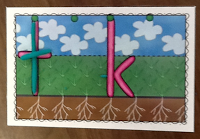 Constructing: All capital letters are made with just lines and curves. Children can construct letters before they can consistently write recognizable letters. Play-doh is another method on constructing letters and numbers and can add in some needed variety and fun to your handwriting stations. My letter play-doh mats are in production and being kid-tested now but I hope to be able to publish them this summer.
Constructing: All capital letters are made with just lines and curves. Children can construct letters before they can consistently write recognizable letters. Play-doh is another method on constructing letters and numbers and can add in some needed variety and fun to your handwriting stations. My letter play-doh mats are in production and being kid-tested now but I hope to be able to publish them this summer.
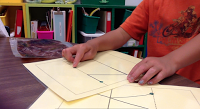 Motor: Tracing can help a child learn a new motor pattern.
Motor: Tracing can help a child learn a new motor pattern.
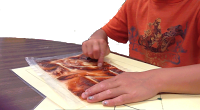 Try tracing on zip-lock
Try tracing on zip-lock
bags with a thin layer
of colored hair gel.
Kids LOVE this one!
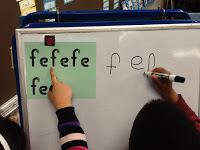 Standing: Don’t forget to let kids write on the board! I have found that if I give two kids one marker and ask that they take turns, a huge amount of practice and active collaboration happens.
Standing: Don’t forget to let kids write on the board! I have found that if I give two kids one marker and ask that they take turns, a huge amount of practice and active collaboration happens.
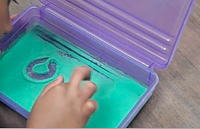 Tactile: Yes, writing in shaving cream is a blast, but not super practical. Try putting colored sand or rice in the bottom of plastic Dollar Store sandwich boxes and you have a mini-portable tactile handwriting station!
Tactile: Yes, writing in shaving cream is a blast, but not super practical. Try putting colored sand or rice in the bottom of plastic Dollar Store sandwich boxes and you have a mini-portable tactile handwriting station!
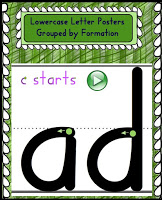
Visual Model: When a child is still learning letter forms they need to be able to look at a poster giving vital information. They need to know not just what the letter looks like, but where to start and which direction to go.
<!– end InLinkz script —>
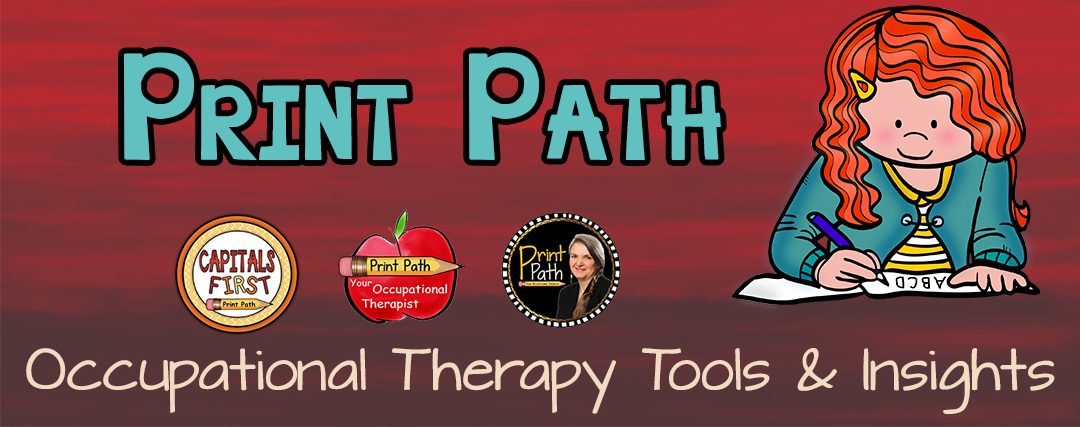
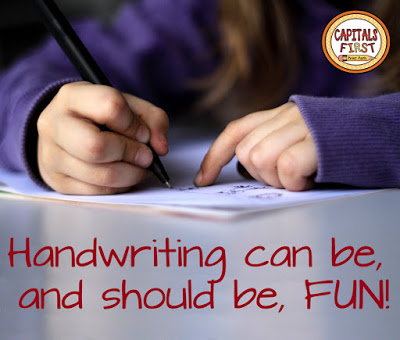


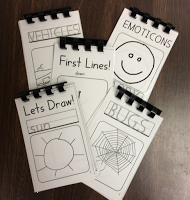



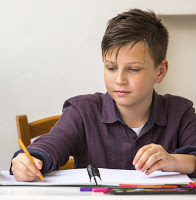
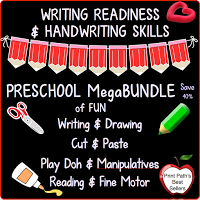
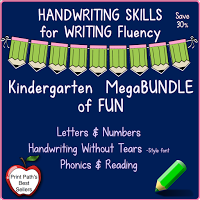
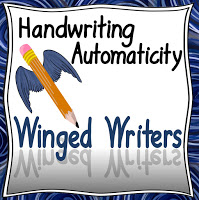
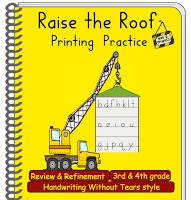

Just a couple drops of food coloring, and perhaps a dab of glitter and everyone wants to try!
Love the hair gel in a ziplock bag idea. Thank you for sharing!
I want to be in your class!! I'm thinking of trying this even with my 4th graders to practice cursive handwriting!! Love the sand in the box idea (I used to use a bakers pan when I taught primary grades, but still sand got everywhere!) Thanks for all the great reminders for our kinesthetic learners!
Absolutely, 4th graders love multisensory options for practicing cursive! Instead of play-doh you might want to try Wikki Stix. The waxed strings work well for connecting letters into words. ~Thia
I love all of your multi sensory ideas! Thanks for sharing!
My pleasure! Thanks for stopping by!